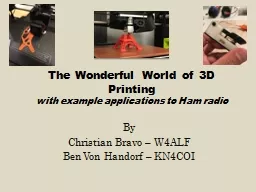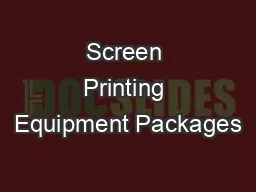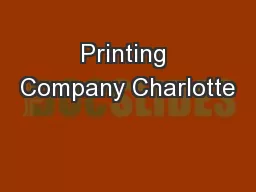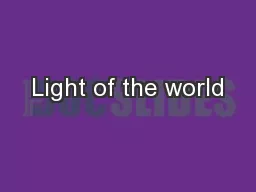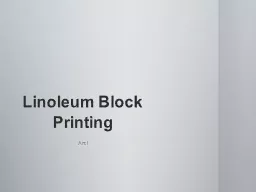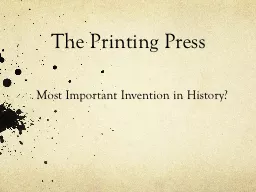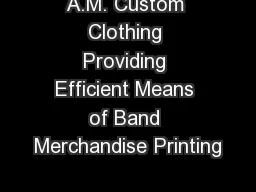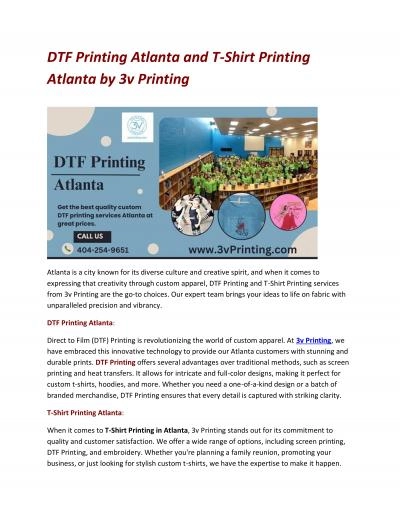PPT-The Wonderful World of 3D Printing
Author : friendma | Published Date : 2020-10-22
with example applications to Ham radio By Christian Bravo W4ALF Ben Von Handorf KN4COI What we will cover What is 3D printing and what can I use it for Overview
Presentation Embed Code
Download Presentation
Download Presentation The PPT/PDF document "The Wonderful World of 3D Printing" is the property of its rightful owner. Permission is granted to download and print the materials on this website for personal, non-commercial use only, and to display it on your personal computer provided you do not modify the materials and that you retain all copyright notices contained in the materials. By downloading content from our website, you accept the terms of this agreement.
The Wonderful World of 3D Printing: Transcript
Download Rules Of Document
"The Wonderful World of 3D Printing"The content belongs to its owner. You may download and print it for personal use, without modification, and keep all copyright notices. By downloading, you agree to these terms.
Related Documents

